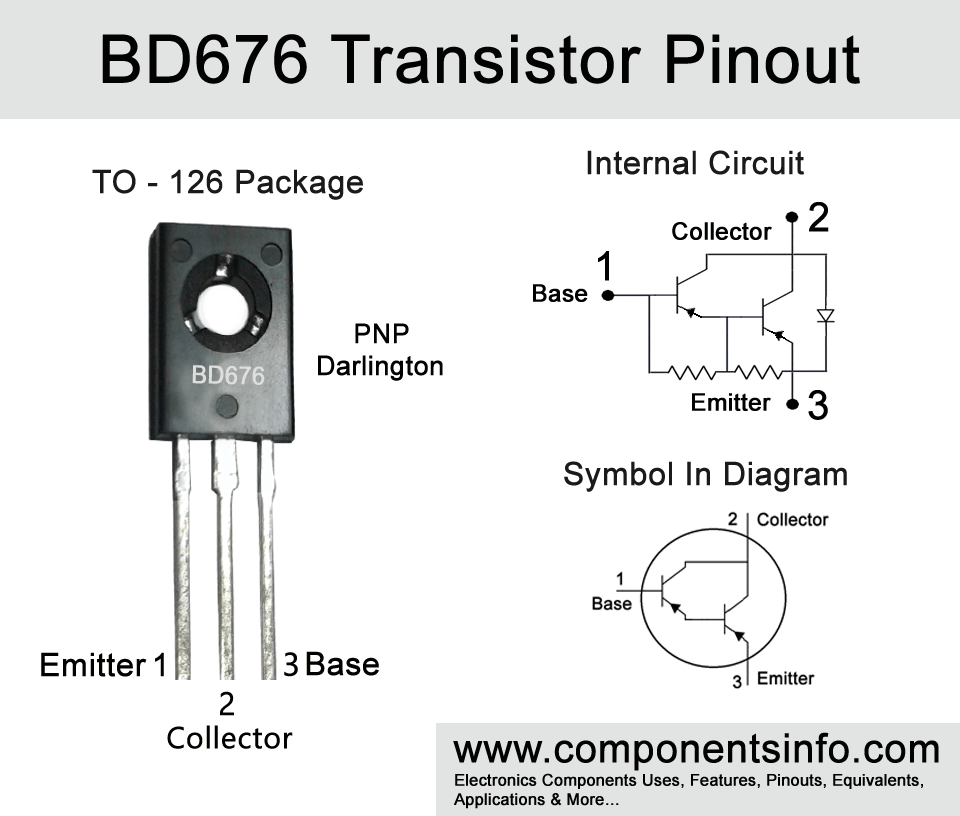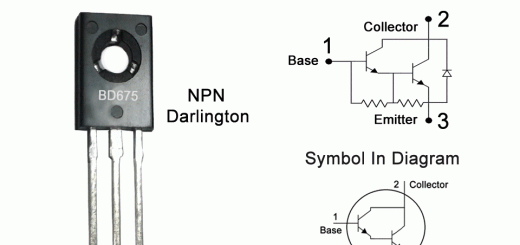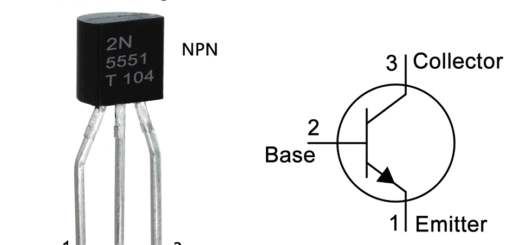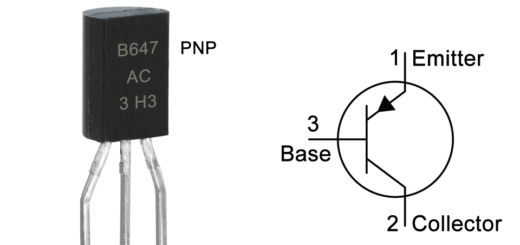BD676 Transistor Pinout, Equivalents, Applications, Features and Other Details
BD676 is another transistor form the BD6XX series of Darlington transistors available in TO-126 package. This post contains all the important information about the this transistor such as BD676 transistor pinout, equivalents, applications, features and other details.
Absolute Maximum Ratings:
- Package Type: TO-126
- Transistor Type: PNP Darlington
- Max Collector Current(IC): 4A
- Max Collector-Emitter Voltage (VCEO): 45V
- Max Collector-Base Voltage (VCBO): 45V
- Max Emitter-Base Voltage (VEBO): 5V
- Max Collector Power Dissipation (Pc): 40 Watt
- Minimum DC Current Gain (hFE): 750
- Max Storage & Operating temperature: -65 to +150 Centigrade
NPN Complementary:
NPN Complementary of BD676 is BD675
Replacement and Equivalent:
MJE702, NTE2346, MJE700, MJE1090, MJE1092, KSE700, KSE702, BD702, BD682, BD334, BD680, BD338.
BD676 Transistor Explained / Description:
BD676 is another TO-126 package PNP Darlington transistor from BD6XX series. Its maximum collector current is 4.0A, maximum collector-emitter voltage is 45V, max collector-base voltage is also 45V, maximum emitter-base voltage is 5.0V, max base current is 0.1A and total device dissipation is 40W.
Like the other transistor of the series, BD676 is also available in TO-126 package and it is also a Darlington transistor. Darlington transistor means that a transistor that contains two similar transistor inside a single transistor. These internal two transistors are connected in a special way that increases the gain of the transistor to a great extent. The Darlington transistors are mostly used in applications that requires to amplify gain more as compare to a normal BJT transistor.
Looking at the pinout of the transistor the first pin of the transistor is “Emitter” Second is “Collector” and the third is “Base”.
BD676 is designed to be used in audio amplifiers, switching and other applications, the detailed list of its applications can be found under the “Applications” heading below. In case you don’t find this transistor then you can alternatively use any other PNP transistor of its series.
Where We Can Use it & How to Use:
BD676 transistors can be used in a variety of applications such as controller circuits, pulse circuits, driver circuits, amplifier circuits, etc.
To use the transistor as a switch first of all check its pinout and connect the Emitter pin with the positive supply of the circuit, then connect the Base pin with the signal source (the signal you want to amplify) through a suitable resistor (minimum 1K) and connect the Collector pin with positive side of the load and the negative side of the load should be connected with the negative supply of the circuit.
For using it as a simple amplifier it is important to understand that there are many types of amplifiers you can build with transistors so it depends on which type of amplifier you require. Here we are discussing making a simple amplifier with the transistor. To make a simple amplifier connect its Emitter pin with the positive supply of the circuit, connect Base pin with the signal source you want to amplifier (Use a capacitor ceramic or electrolytic type between the signal source and base of the transistor), connect Collector pin with the speaker positive wire and the negative wire of the speaker will be connected with the ground or negative supply of the circuit.
Applications:
Pulse Generator
Switching Circuits
Battery Operated Applications
Audio Amplifiers
LED Drivers
Motor Control
Voltage Regulation
Voltage inverters
DC to DC Converters
Safe Operating Guidelines:
Following are the guidelines to safely operate the transistor.
- The most important part to safely operate the transistor is to not use it to its absolute maximum ratings and always stay 20% below from these ratings.
- So according to this 20% rule the maximum collector current of the transistor is 4A but we should drive load of more than 3.6A.
- The max collector-emitter voltage is 45V so we should not drive load of more than 36V.
- Do not operate the transistor at temperature below -65°C and above 150°C.
Datasheet:
To download the datasheet just copy and paste the below link in your browser.
https://datasheetspdf.com/pdf-down/B/D/6/BD676_ONSemiconductor.pdf



